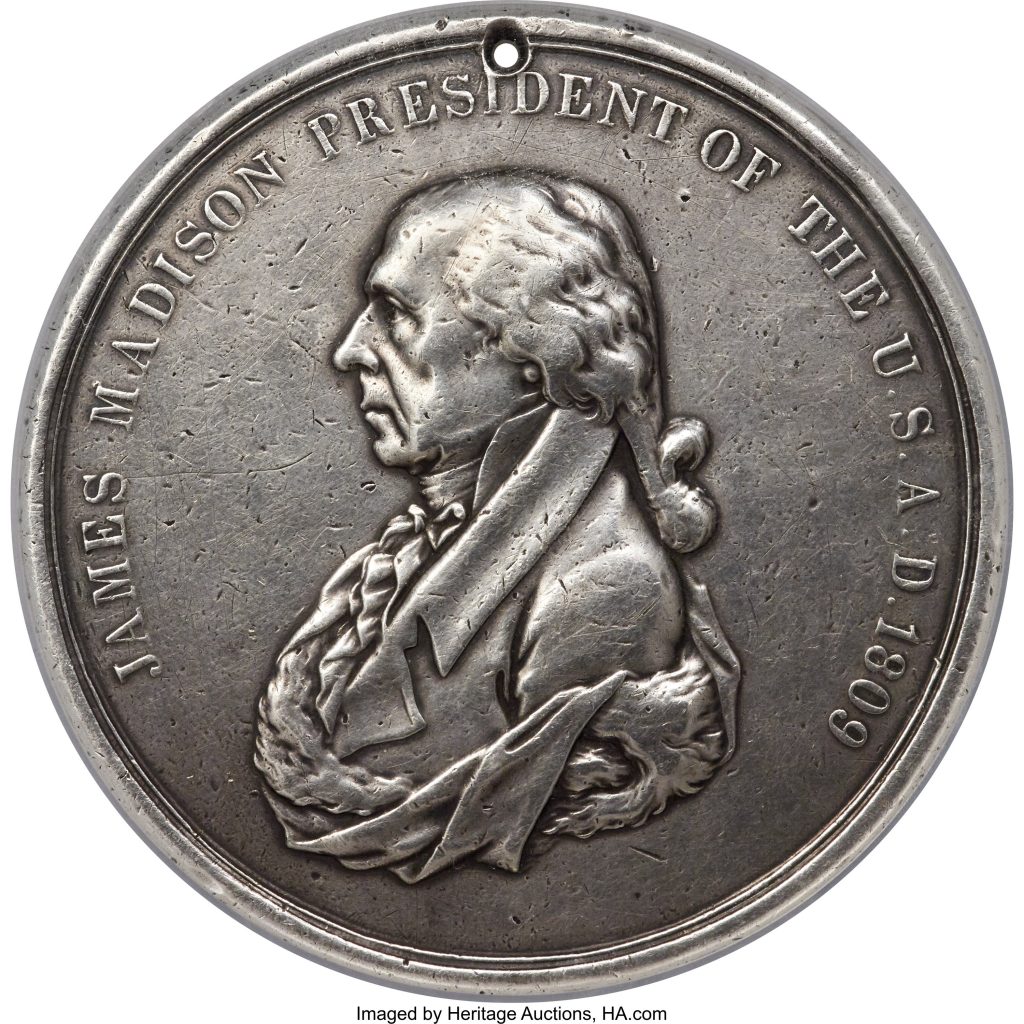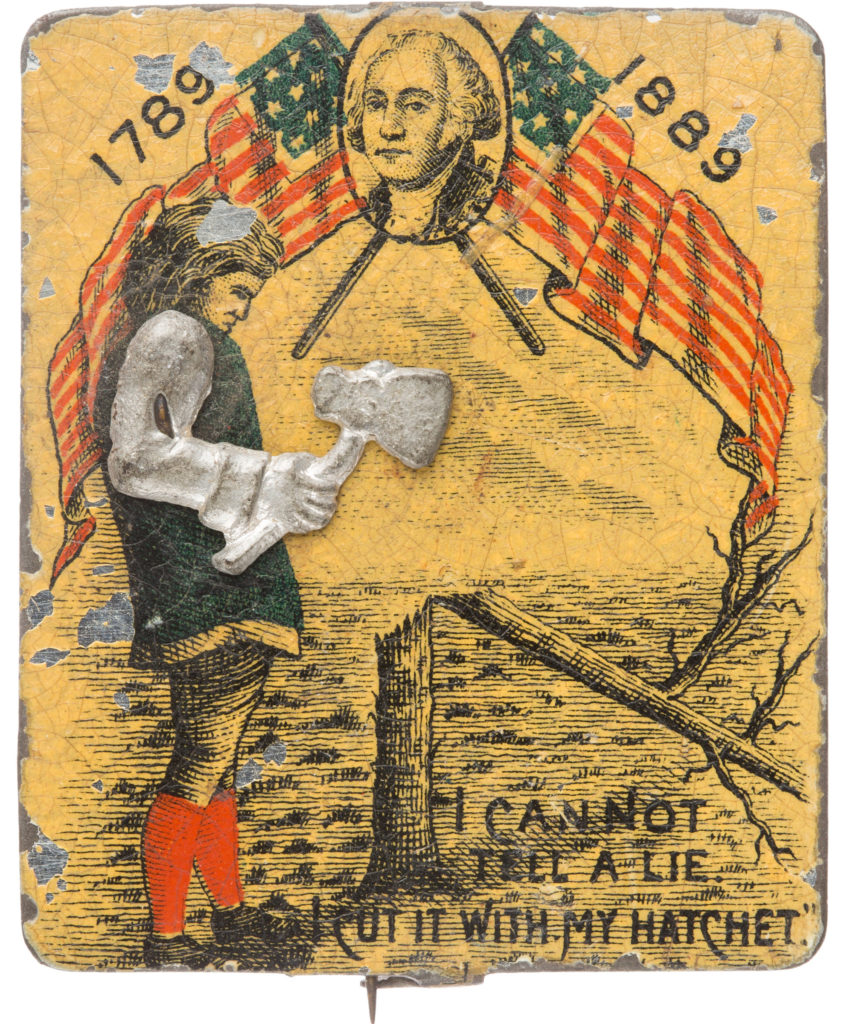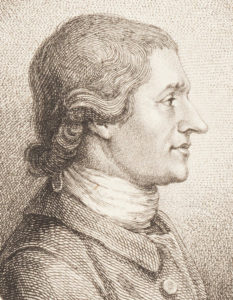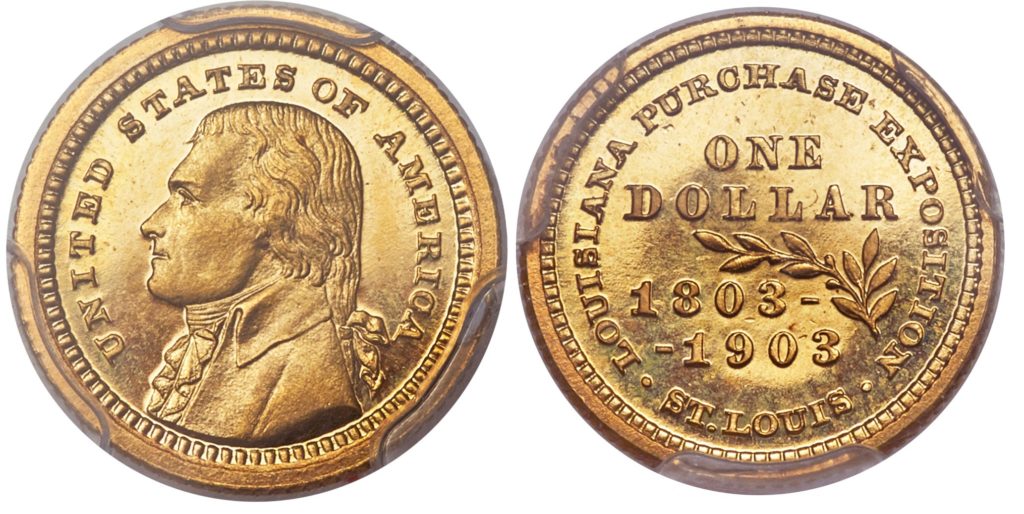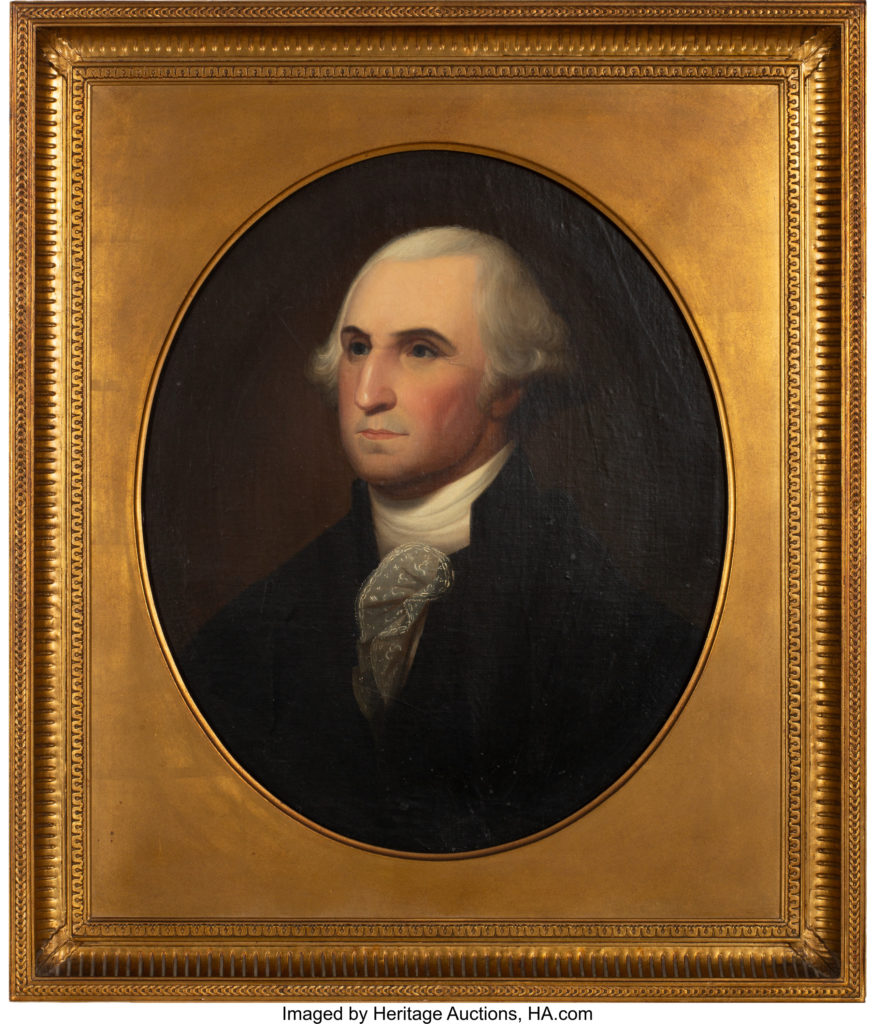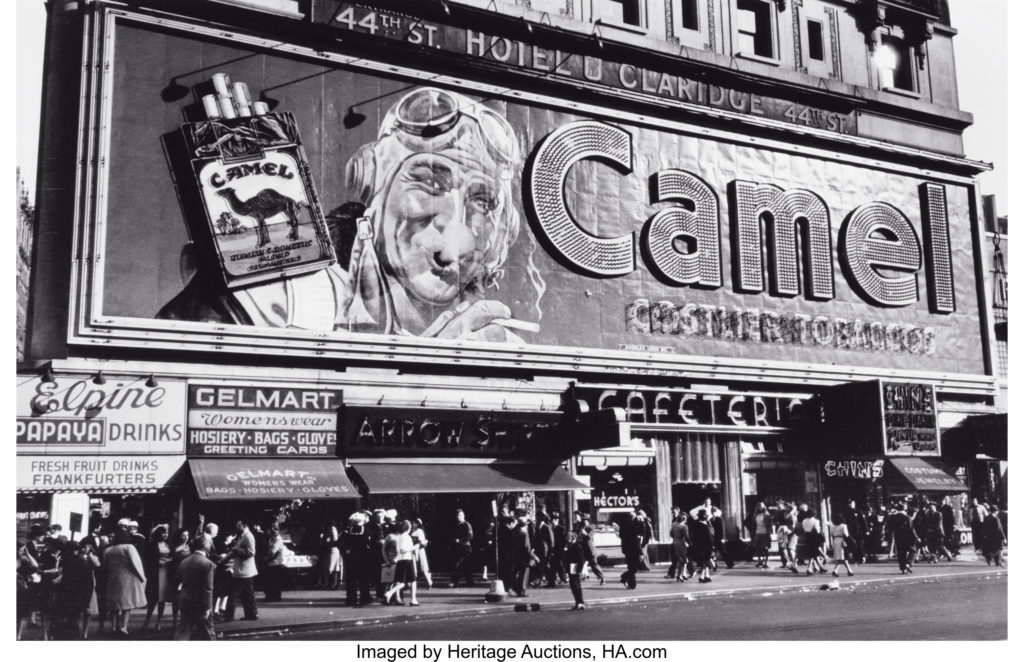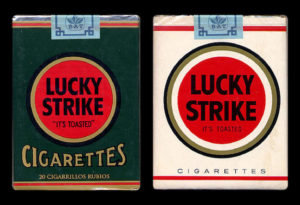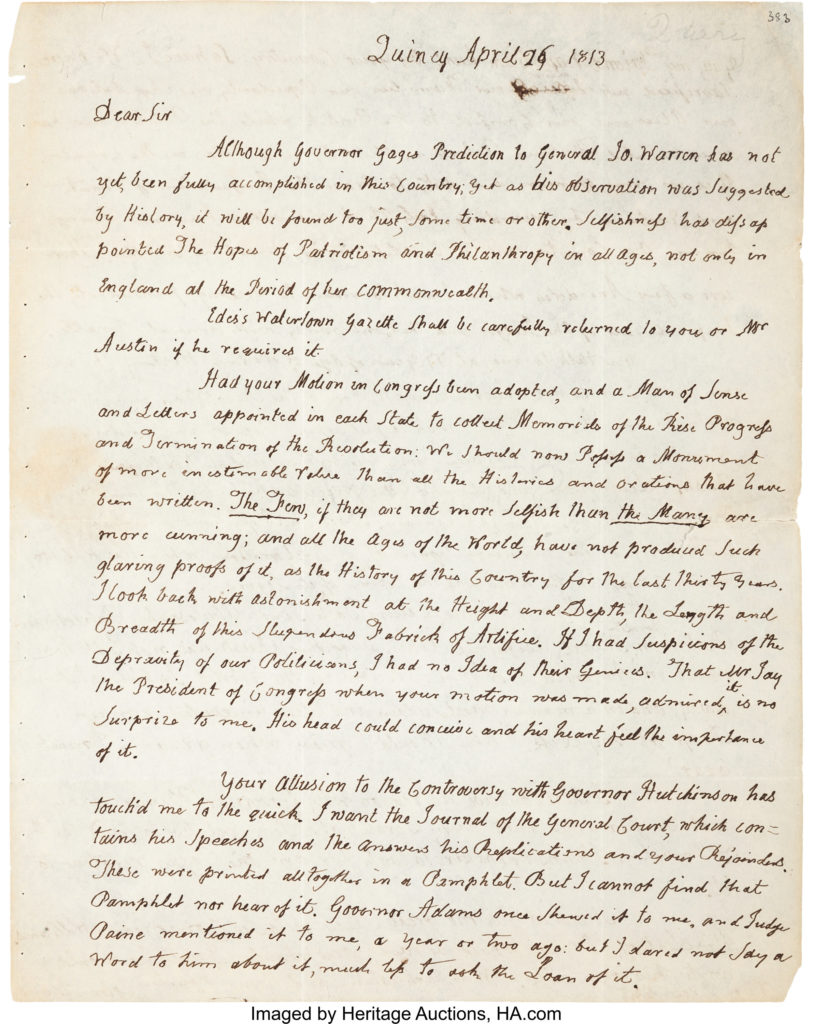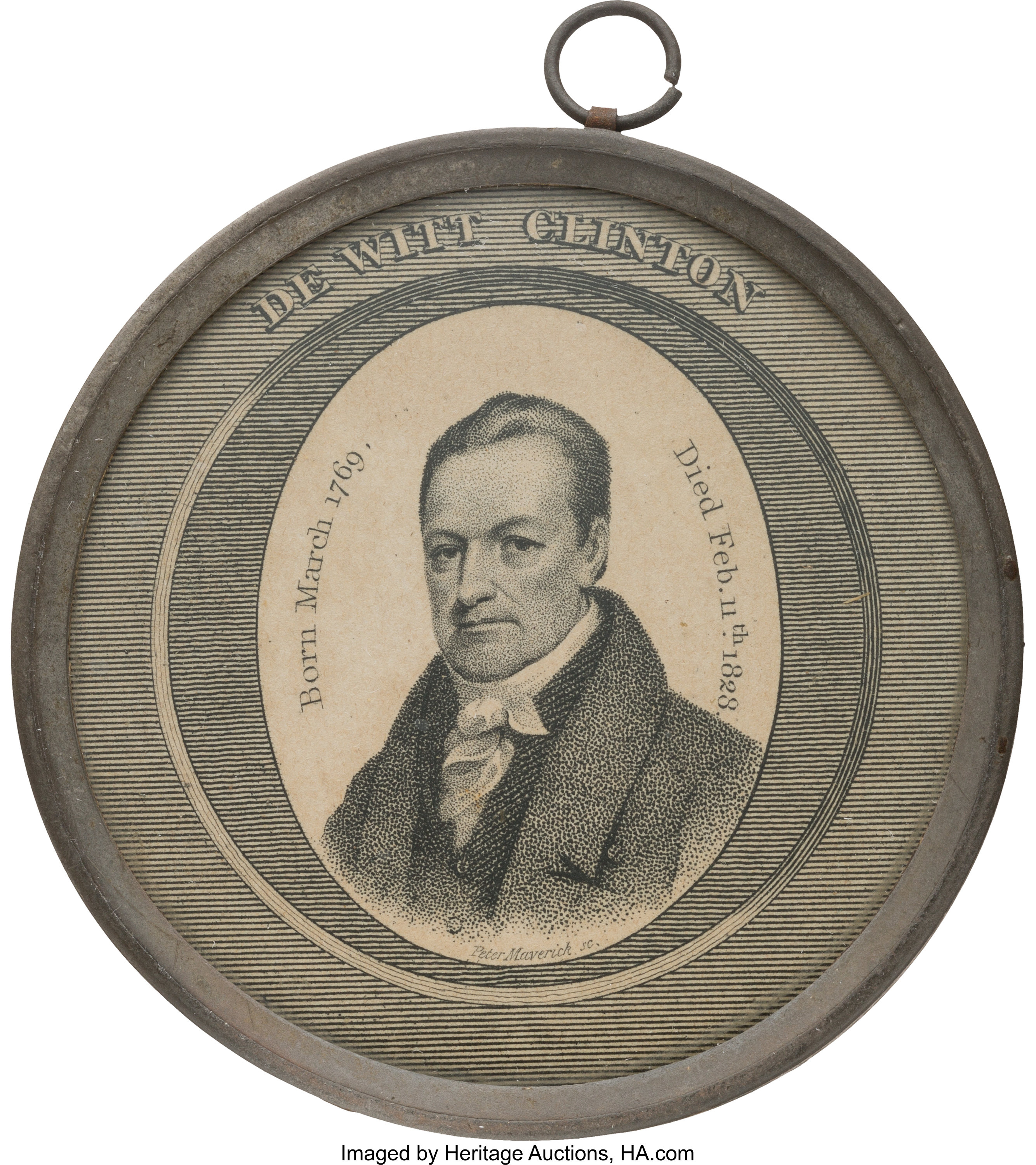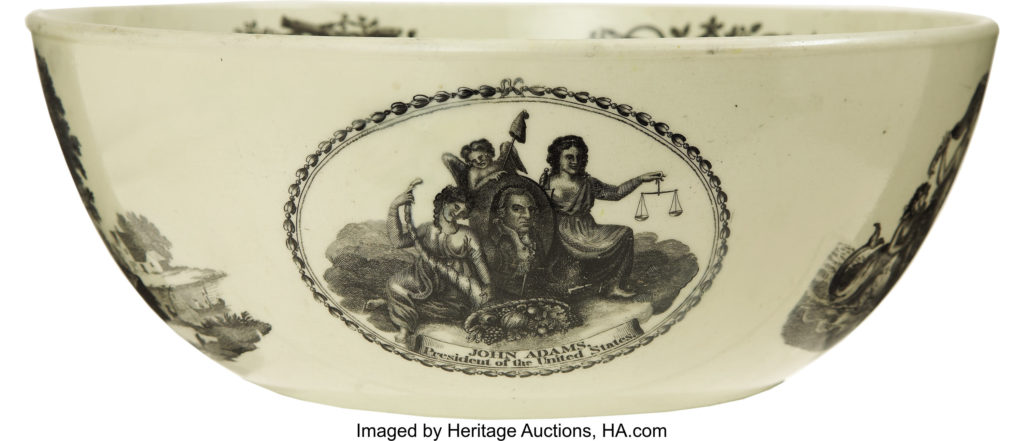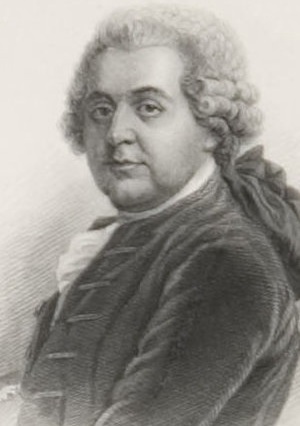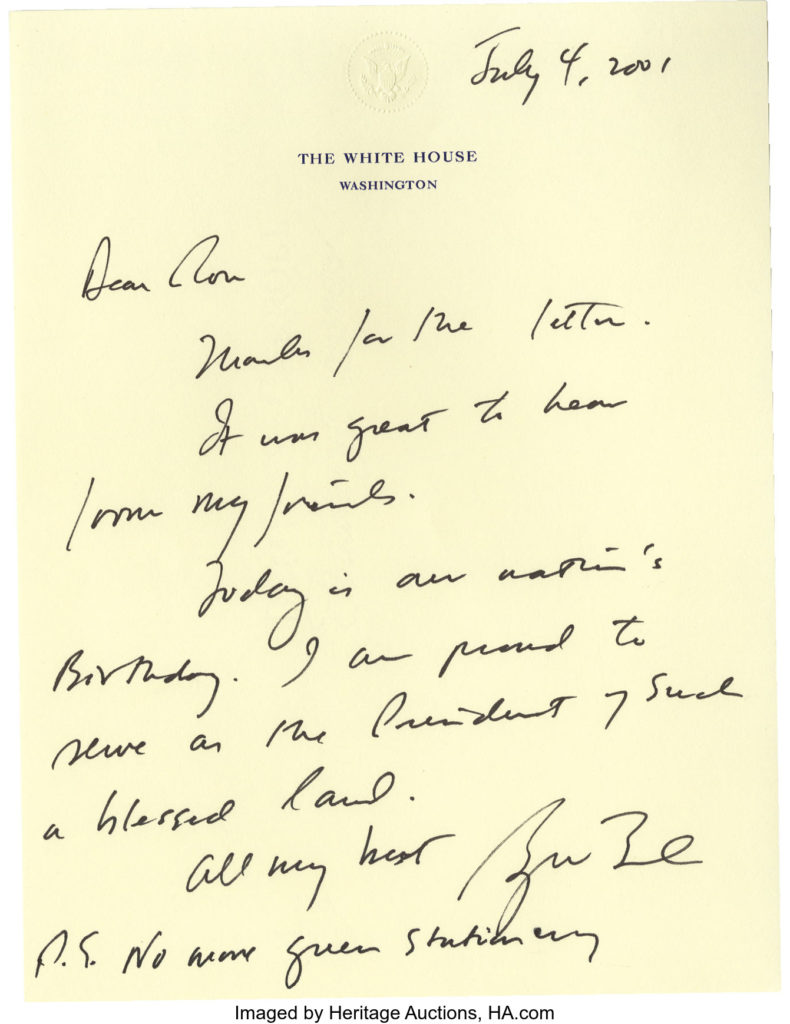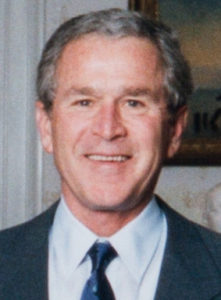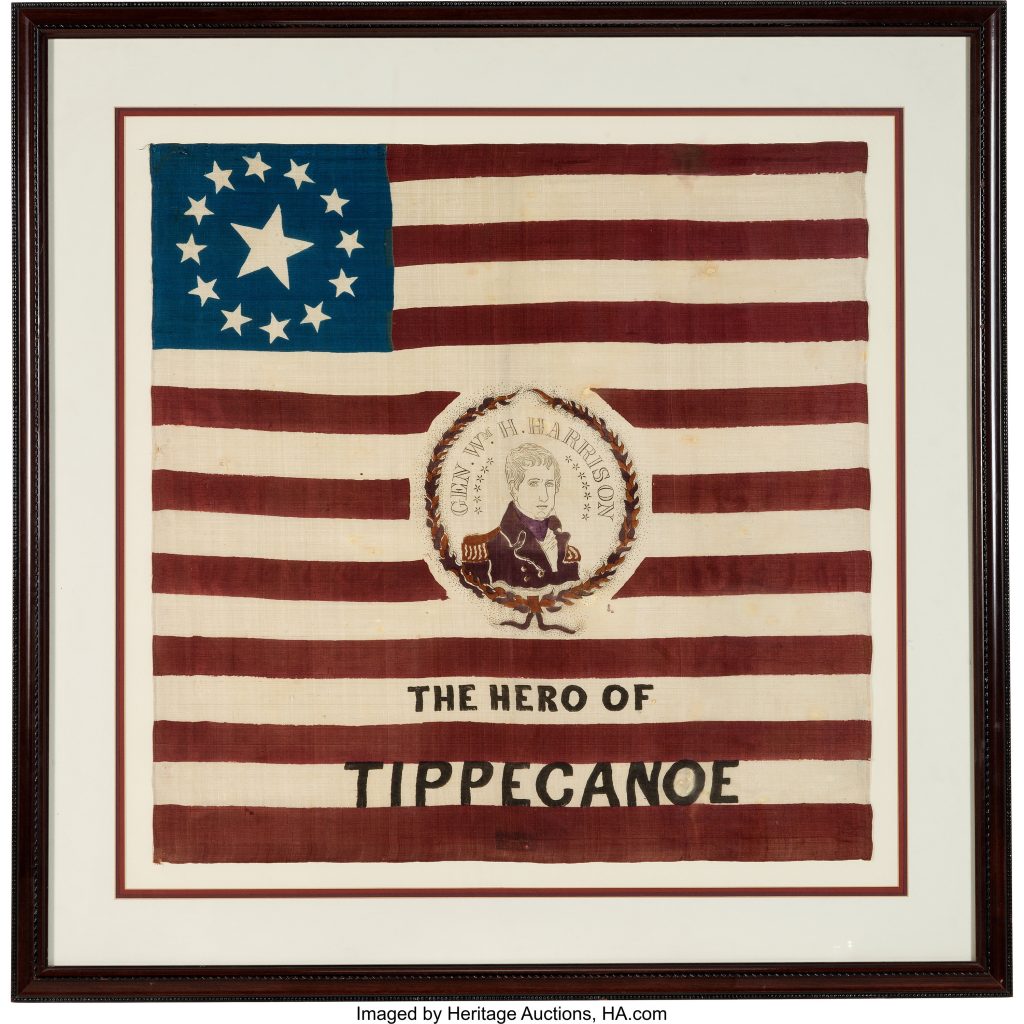
By Jim O’Neal
Every four years, Americans get an opportunity to choose who will be president of the United States. To vote, people must be citizens, 18 years old and registered to vote. The actual direct voting is by delegates to an Electoral College, generally representing the Republican or Democratic political parties. Since 1789, 44 different men have occupied the Oval Office and Donald Trump is the 45th. Grover Cleveland accounts for the difference since he was elected twice, once in 1884 (#22) and again in 1892 (#24); he is the only president to serve two non-consecutive terms.
Of these 44 presidents, there is only one African-American and no women. One … John Quincy Adams … was selected by the House of Representatives in 1824 when none of the candidates received a majority of votes. In this century, George W. Bush and Donald Trump lost the popular vote, but had more votes in the Electoral College. Al Gore and Hillary Clinton placed second. Four of the presidents died in office and four were assassinated.
The first to die was William Henry Harrison in 1841 after serving only 31 days. John Tyler became the first vice president to assume the presidency without an election. To preclude any Constitutional uncertainty, Tyler immediately took the oath of office, moved into the White House and assumed full presidential powers. His political opponents argued (unsuccessfully) that he should be “acting president” until a new election was held. One president (Richard Nixon) resigned to avoid a trial in the Senate after the House of Representatives voted to impeach on three articles; he was virtually assured of conviction.
Each time, the nation withstood the shock of an unanticipated change and a safe transition was managed, almost routinely.
It is quite instructive to broadly categorize the men who have served in this office by analyzing their relationship with the people and the development of the nation. There are interesting correlations with the evolving role and power of the chief executive as the Union became more geographically diverse and ever-expanding. At times, it is arbitrary as the changes were often contentious, but society has flourished despite political discord. A few examples are all that space allows, but the story keeps getting more complex.
First consider the first five, from George Washington to James Monroe … both two-term presidents from Virginia (as were Thomas Jefferson and James Madison). Washington was elected unanimously twice, something Monroe nearly matched until one vote was cast to preserve GW’s record. Monroe served in the “Era of Good Feelings,” a time of harmony never to be replicated. These five presidents are easily labelled as “formative” in every sense of the word. There were few precedents to follow and the Constitution was uselessly vague on specifics.
Washington (1789-97) chose to meet primarily with the upper elite of society (eschewing the common man) and even assiduously avoiding shaking hands. He rode in a yellow chariot decorated with gilded cupids and his Coat of Arms. His executive mansion was staffed with 14 white servants and seven slaves. A different man might have easily assumed the role as king, irrespective of the war for independence. After all, that action was against King George III, the greedy British Parliament and taxation without representation. Further, he had been elected by a small group of mature (older) white men – and exclusively landowners, who numbered 6 percent of the total population.
Washington was acutely aware of the precedents he was setting and their historical importance. In 1789, he appeared before the Senate and presented an Indian treaty for approval. When the Senate decided to study it before approval, Washington huffed out after vowing to never appear before Congress again. It was a vow he kept. Similarly, when he refused to comply with a Congressional demand for his papers on the controversial Jay Treaty, he reminded Congress that the Constitution did not require their approval! Thus were the roots of executive privilege established.
When Washington declined a third term in 1796, George III famously declared, “If he does that, he will be the greatest man in the world.” He did and it was a precedent that spanned 144 years until Franklin Delano Roosevelt declared for the presidency a third time in 1940 (and won). From 1932 – with the Great Depression, the New Deal and the Second World War on the horizon – FDR had subsumed the federal government. To the common man, he epitomized the American landscape totally.
Other vivid examples include Jacksonian Democracy for the common man … the War with Mexico and the Western expansion of Manifest Destiny … Lincoln, his generals and the Civil War … Reconstruction without Lincoln’s wisdom … the Great War machine in the 20th century and the Cold War.
In a few months, we may have a chance to witness an inflection point in American history as another generation goes to the ballot box and votes. This time, voters will include women, blacks, Latinos, American Indians and Asians.
I plan to enjoy it.
 Intelligent Collector blogger JIM O’NEAL is an avid collector and history buff. He is president and CEO of Frito-Lay International [retired] and earlier served as chair and CEO of PepsiCo Restaurants International [KFC Pizza Hut and Taco Bell].
Intelligent Collector blogger JIM O’NEAL is an avid collector and history buff. He is president and CEO of Frito-Lay International [retired] and earlier served as chair and CEO of PepsiCo Restaurants International [KFC Pizza Hut and Taco Bell].

